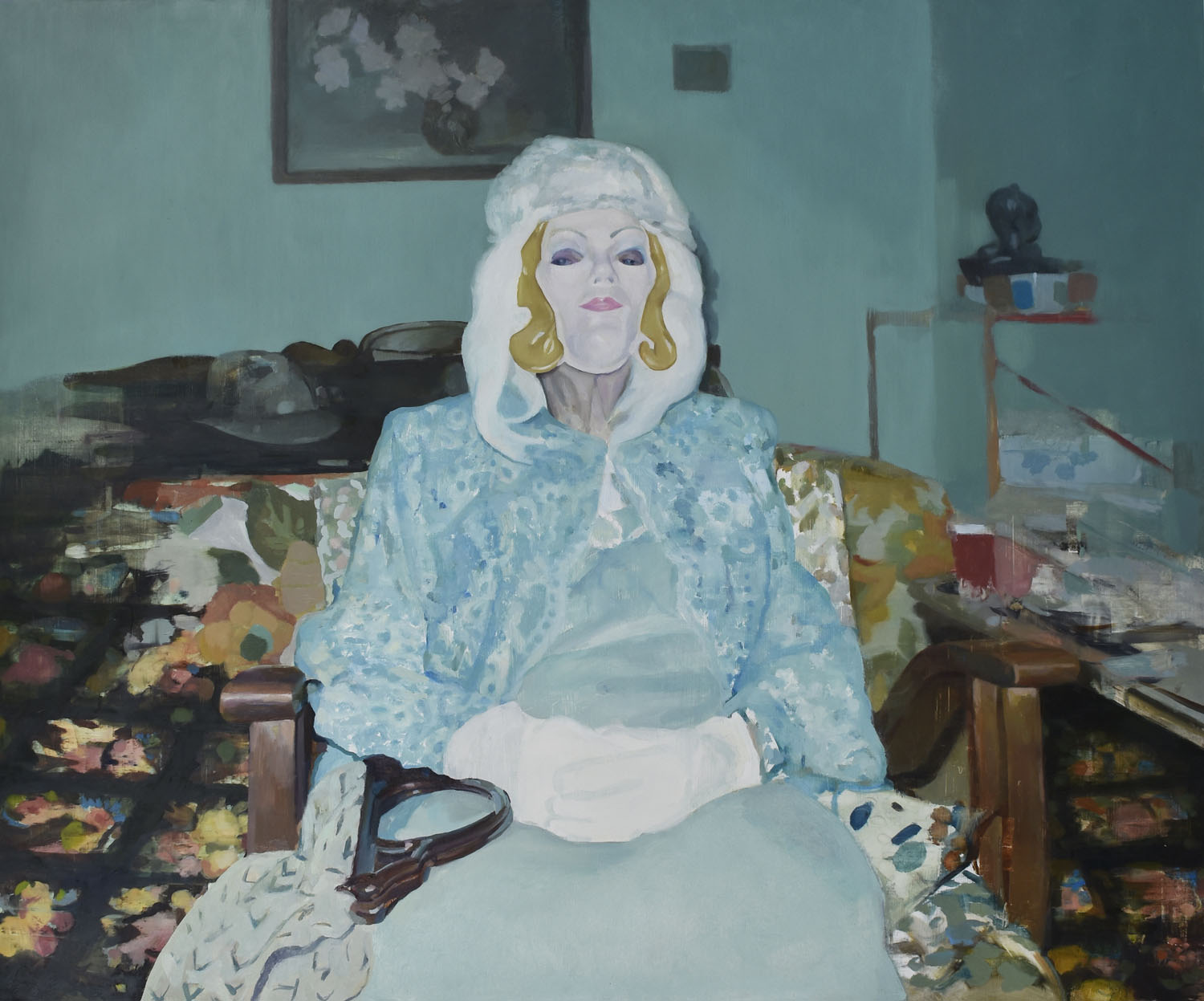In an incident many artists, marketers, and consultants warned us about for months, a well-meaning photographer feels the consequences – and wrath – of solicitation without preparation.
Updated 7:23 AM PST, Mon May 28, 2018
Los Angeles boudoir photographer James S. Fancy woke up to an alarming email early Monday morning. It was from his sole email list subscriber, 37-year-old Gert Blumenschtol, a Berlin software engineer who received Fancy’s unsolicited email about his upcoming photography exhibition late Saturday afternoon.
© Rainia Matar. Wafaa and Sanaa, Bourj El Barajneh Refuge Camp, Beirut, Lebanon, 2017
Roula Seikaly speaks with Guggenheim's 2018 photography fellows about what drives them and what they plan to do with this prestigious award.
Life as a working artist is the definition of hustle. For those who live its day-to-day reality, it means carving time out of a busy routine that includes - in addition to life’s personal demands - teaching and/or endless side gigs in order to support a creative practice.
By this measure, unrestricted grants like those awarded by the John Simon Guggenheim Memorial Foundation are peerless opportunities. Of course, the official recognition of hard work is validating, but what may be more important is the gift of time it gives. We posed three questions to each of this year’s Guggenheim Photography Fellows and those who were able to participate replied with generous and detailed answers. In each answer, time and its central role in creativity is clear.
Congratulations to all!
Roula Seikaly in conversation with the 2018 Guggenheim photography fellows.
Bernice, 2018. 30" x 36" oil on panel. © Justin Duffus. Courtesy of Justin Duffus and Linda Hodges Gallery
Snapshot collector Robert E. Jackson speaks with snapshot painter Justin Duffus about his work and inspirations.
Justin Duffus makes paintings from twentieth-century snapshots and snippets of Americana, highlighting the strange, humorous, often lonely, and sometimes inconsequential moments of everyday life.
In one painting, a boy sits at the edge of a motel swimming pool – shivering with arms crossed – swathed in cyan and blue tones. In another, three business-suited men in a nondescript room walk in a circle around another man, wrapping him in pastel streamers like a human maypole while two women watch. In other paintings, masked figures confront the viewer head-on, the harsh light of a cheap camera flash rendered with jarring elegance. Hung together, Duffus’ paintings embolden a mysterious, open-ended narrative, giving new energy to images with an anonymous or discarded past.
While his sources vary, some of them are based on images acquired from the collection of Robert E. Jackson, the Seattle-based vernacular collector-extraordinaire, whose collection currently boasts more than 12,000 American snapshots from the past century. Like Duffus’ paintings, many of Jackson’s snapshots have a similar attention to the peculiar, absurd or unintentionally artful. Following Duffus’ recent exhibition, Fear of Drowning at Seattle’s Linda Hodges Gallery, we asked Jackson – who is also a collector of his work – to speak with the artist about his practice and the ideas behind it.
Photographer unknown (image: via creative commons.)
Bonus submission points if you can name the folks in this photograph.
Humble's latest photography open call asks for work in tripped-out forms.
We could position Humble's next open call as a mile marker in the trajectory of American Landscape Photography. The "manifestly destined" photographers of the late-nineteenth and early-twentieth century segueing into The New Topographics of the 1960s, typologists, and generations following them all.
© Elsa Leydier. From the series Braços verdes e olhos cheios de asas
Elsa Leydier uses photography and found materials to unpack and re-think popular narratives of exoticism in South America.
"My work begins where the postcard breaks," writes Leydier, who has been making a range of challenging photographic series for the past 7 years. Her approaches include deconstructing visual representations of South America's regions in found imagery, manipulating press images, creating cyanotypes, and culture-jamming postcards and Olympic commemorative postage stamps. With these varying treatments, Leydier aims not to represent the terrain or people, nor to immerse the viewer in lush natural wonders, but to reveal the problems and false narratives in its constructed fantasy.
I contacted the artist via email to learn more.
Jon Feinstein in conversation with Elsa Leydier





